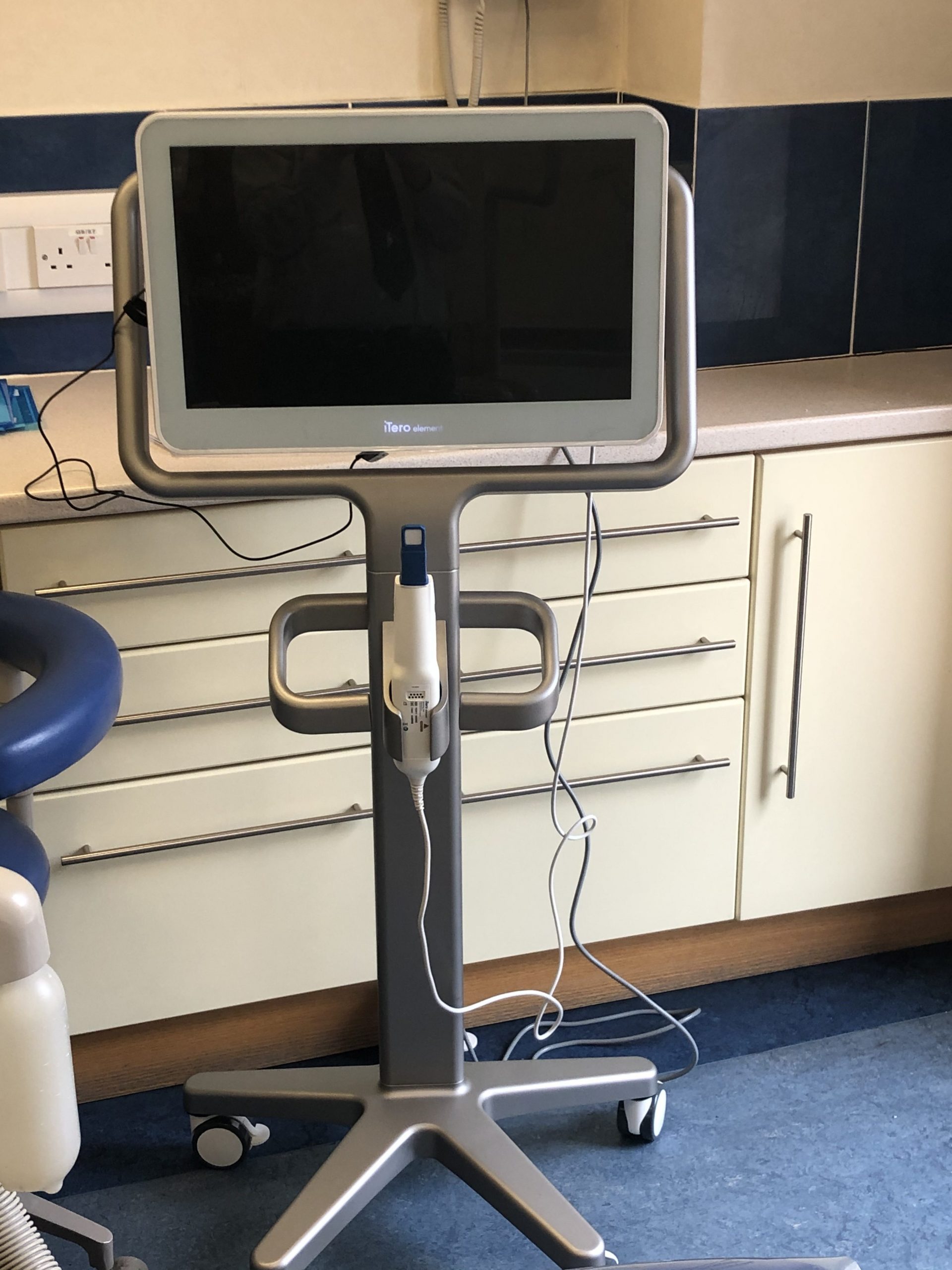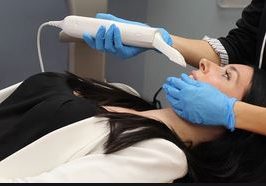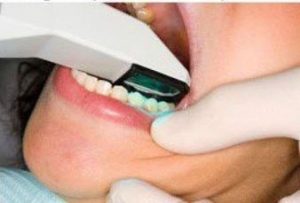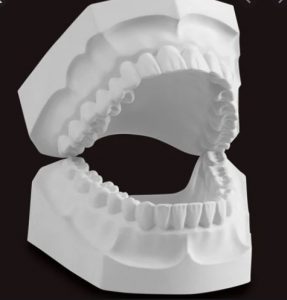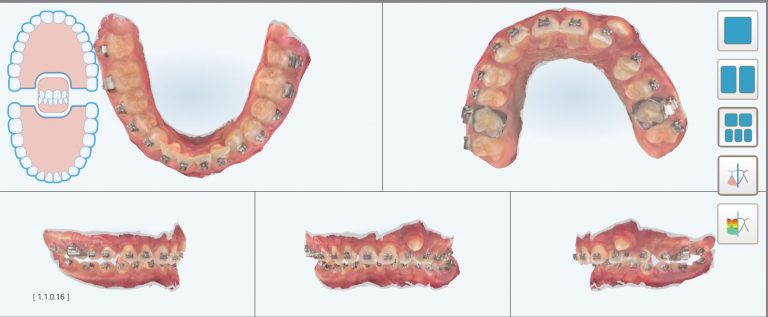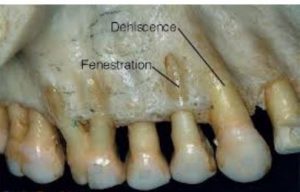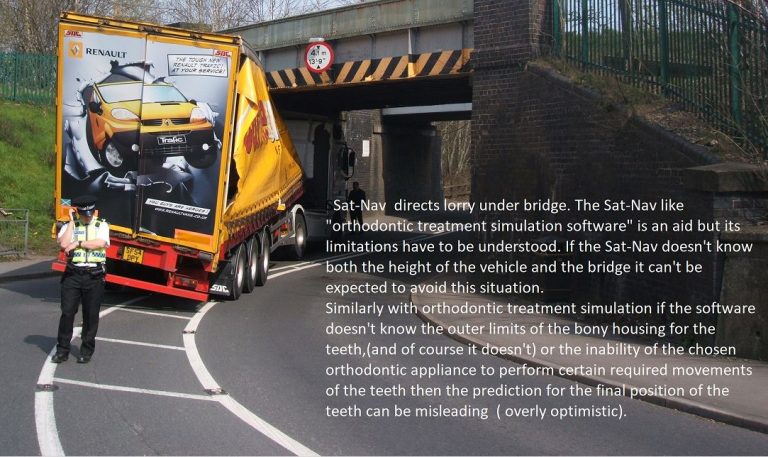(Clonmel Orthodontics blogs are intended to be factual rather than aspirational or for purely marketing purposes.)
Digital intraoral scanners are devices for capturing direct optical impressions in dentistry. We use the iTero intra oral scanner in Clonmel Orthodontics (as pictured below). It is a useful tool for capturing images of the teeth.
It will reduce the requirement for alginate impressions but will not eliminate them completely as for the construction of certain appliances like a quadhelix or a hyrax the majority of orthodontic laboratories require an alginate impression.
When it comes to treatment previews, or predictions of the treatment outcome its significant limitations need to be understood. These predictions need to be taken with a pinch of salt. This is described below.
The image of the teeth is captured by scanning over the teeth with an intraoral
wand (camera).
The wand projects a light source onto the teeth and gums to be scanned , the images of the teeth and gums are captured by light sensors and the software of the scanner converts it into a “virtual” image of the teeth and gums.
The virtual image is a replacement for plaster of Paris (gypsum) models of the teeth.
It is something similar to having a real copy of a book (=gypsum models) vs a Kindle (virtual) book. Like the book analogy there are pros and cons to both, but there is of course a general move towards digital as opposed to analog, and really this is to be embraced. Think of the numerous advantages which digital photography has given us. In a Kindle version of a text book , though we don’t have a tangible text book, the software more than makes up for that by allowing us to take notes, make flash cards etc , and its accessible over all our different computers. I think digital makes sense, though of course sometimes it might feel easier just to flick the pages of a real book. No sizing of the page, etc and other decisions to be made.
Virtual images may look like the following;
(The above is a scan of a patient ( my son Richard ) during treatment with upper and lower fixed appliances ( preceded by headgear).
Advantages of virtual Models
The advantages of virtual models of the teeth are variously suggested to be:
(1) No storage problems.
(2) Saves time. In reality doing a thorough scan will take longer than doing impressions in most orthodontic cases where full arch (complete ) impressions are required , but time is ultimately saved as the pouring up of the impressions in gypsum is not required.
(3) Quicker communication with the laboratory where the orthodontic appliances are to be made, as the images can be sent by e- mail rather than posting physical impressions of the teeth.
(4) Better communication with patients. Patients and parents are impressed to see a virtual model of their teeth. It is certainly a useful tool to explain the proposed treatment plan. A picture paints a thousand words.
Treatment outcome predictions
When one has a virtual model of teeth, powerful software programs can be used to move the teeth into a new virtual position. It is really important to remember that this new predicted ( position) look is virtual. While predictive software is a very useful educational aid , it is important to know that the software can obviously move the teeth into practically any position that the demonstrator chooses. The real question is “is the predicted result really biologically possible?“, and if it is will the chosen orthodontic appliances and the orthodontist be able to achieve the result. Sometimes people are surprised that predictive software can widen the upper arch so that it resembles the smile of Julia Roberts, yet their predicted (virtual )smile may not be biologically possible. While the predicted smile may certainly be very attractive (and marketable) that does not mean that it is necessarily achieveable .
When a scan is performed, and a virtual model of the teeth is obtained, the software does not know the or indeed consider the limits of the surrounding bone. In general teeth can only be moved into the existing bone. If the back teeth are pushed sideways out towards the cheek , by expanders or the arch wire the limit of this movement is the outer limit of the surrounding bone. If the back teeth are pushed sideways too much the teeth will eventually be pushed out through the bone and this may give rise to gum recession or bony dehiscences or fenestrations. The point is the software does not necessarily appreciate the biological limits of the expansion.
In summary intraoral scanners are a great instrument for the orthodontist , they are part of the general move towards virtual technology (like digital photography) and are to be welcomed as they bring many advantages. However predictive software just moves virtual teeth, the software does not have the ability to know what is actually possible or achieveable . For this reason virtual orthodontic treatment predictions (though impressive) need to be taken with a pinch of salt.
…………………………………………………………………………………………………………………………………………………….
(Clonmel Orthodontics blogs are intended to be factual rather than aspirational or for purely marketing purposes.)
This orthodontic blog was written by Dr John Buckley,who is a specialist orthodontist at Clonmel Orthodontics in Clonmel County Tipperary, Ireland.He is both Clonmel’s most qualified and most experienced orthodontist.
Clonmel Orthodontics provides orthodontics to county Tipperary and the neighbouring counties of Waterford, Kilkenny, Limerick,Cork , and beyond.
Dr Buckley has practised as a specialist orthodontist in Clonmel for over 20 years. In addition to his orthodontic qualifications which he held before he commenced orthodontic practice , Dr Buckley was awarded a First class masters degree in Lingual orthodontics from the University of Hannover medical school (MHH) in 2012. This masters degree is directed by Professor Dirk Wiechmann who is the inventor of both the incognito™ and win™ lingual appliances. Dr Buckley was the first orthodontist in Ireland to be awarded this qualification. In 2016 he was accepted as an active member of the European Society Of Lingual Orthodontics (ESLO). To become an active member it is necessary for candidates to submit the records of finished lingual cases. If the cases are deemed to be of a sufficiently high standard then the candidate is accepted as an active member of ESLO. Dr Buckley is the first and only orthodontist in Ireland to be accepted as an active member of ESLO.


